
Miles M100 Student
The lightweight trainer Miles M100 Student was built as a private venture by F.G. and George Miles. Development started in 1953. It was proposed as a training aircraft to the RAF, but not retained. As there was no market, it failed to come into production.
F.G and and George Miles conceived the idea of a new low cost military jet trainer in 1953, when still working on conversion of the M.77 Sparrowjet.
In designing the M.100 the two brothers and their small team set out to produce an aircraft to do the same job as the Jet Provost for ab initio and flying instruction, but in a generally smaller design, to minimise acquisition and operatings costs.
With its accent on economy, the M.100 was designed round a single Marboré IIA turbojet of only 880lb thrust for take-off, or little more than half the output of the initial Jet Provost’s 1640lb Viper ASV.5.
With about half the take-off weight of the Jet Provost T.3, however, the Student was not too far off in its overall performance. Maximum level speeds were just under 300 mph and 330 mph, respectively.
It was May 14, 1957 that the prototype, wearing the B conditions marking G-35-4, made its first flight in hand of George Miles, its chief designer, at Shoreham.
An uneventful although comprehensive flight development programme over the next few months, motsly by F.G. Miles Ltd test pilot ex-Sqn Ldr Duncan McIntosh, necessited non significant changes, and allowed the Student’s inclusion in the Farnborough programme in September 1957.
Dorsal intake evolution
One of the main design features was the NACA-type flush intake above the wing centre-section for the Marboré centrifugal turbojet (for wich Blackburn had a production licence).
This intake’s location and shape minimised the possibilities of foreign object ingestion on the ground and in the air, at the expense of some loss in installed thrust. It certainly appeared to work well enough in most flight conditions.
However, to prevent overspill at high angles of attack, fences had been added each side after the first flight,
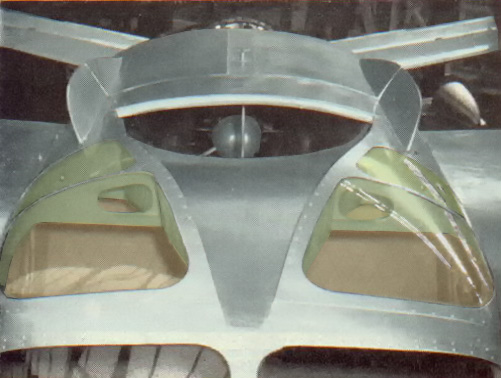
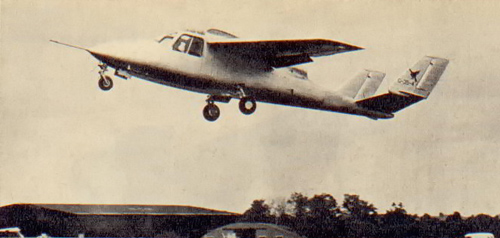
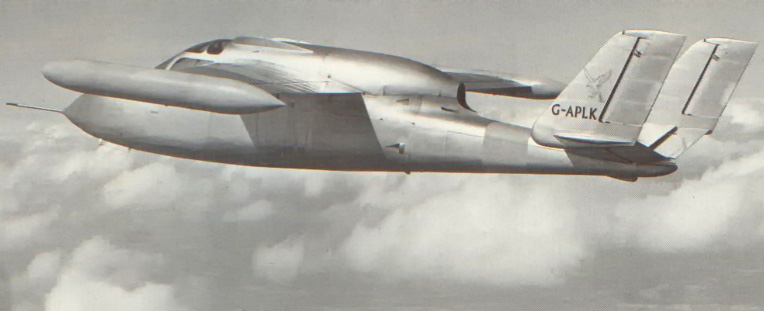
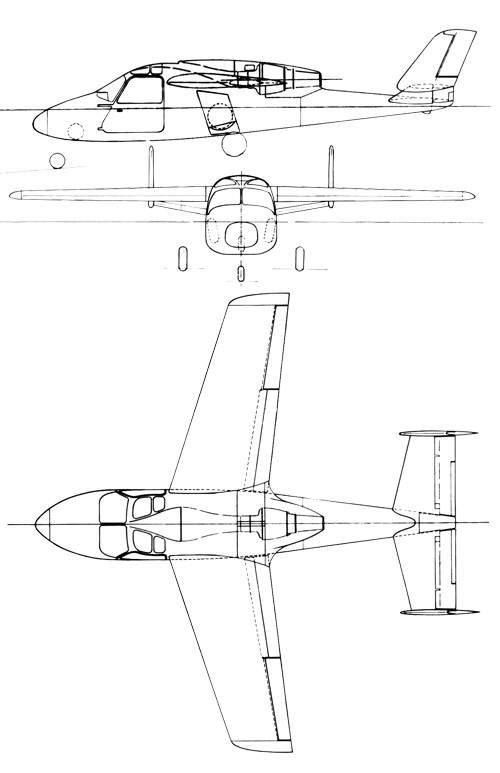
Mark 2 Version
Early in 1964, the prototype Student was modified to the Mk. 2 version, incorporating a Marbore VI F turbojet giving 20 per cent greater thrust, interchangeable underwing pods for a variety of weapons, improved brakes and cockpit ventilation. In this guise, basic production price was £25,000.
It was flight tested by George Miles on 22 April, 1964.
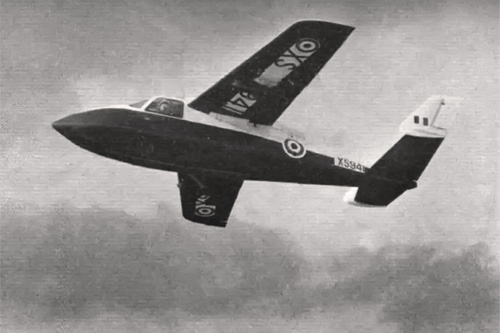
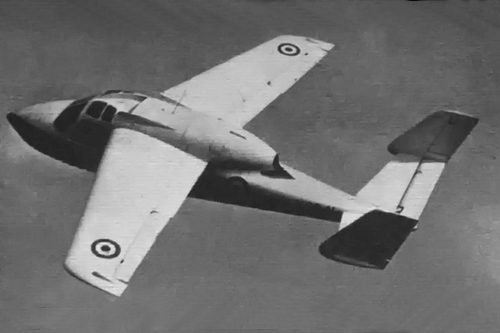

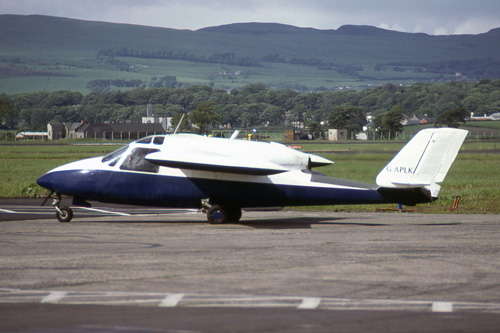
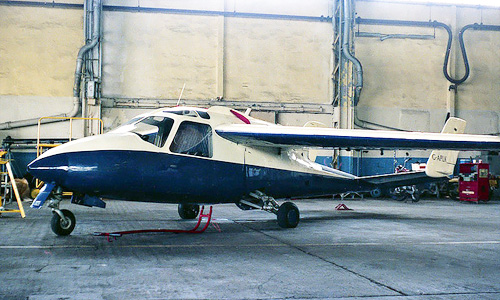
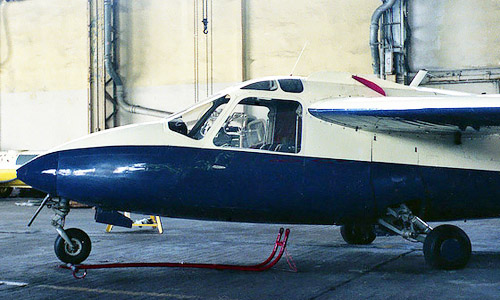
G-MIOO
In 1985, the original 1957 prototype Miles Student two-seat trainer has been renamed the GM100 (G-MIOO) after its designer, George Miles. Miles sold the unique aircraft to Mike Woodley, chairman of Aces High. It has been granted a UK Permit to Fly, and has updated avionics and a new paint scheme.
Woodley, claims that the trainer’s low stall speed, around 55kt, is unique in its class, as is its excellent grassrunway capability. Aces High operated 20 aircraft for film work and air shows.
Few weeks later, on August 24, 1985, the GM100 crashed at Duxford. The aircraft was being flown by company chief pilot Peter Hoare.
Following an aerobatic sortie accompanied by former Miles Aircraft test pilot Duncan Macintosh, Hoare took off for a solo flight but abandoned take-off and landed heavily, coming to rest on the airfield. The aircraft sustained damage to the nose, and one wing was torn off.
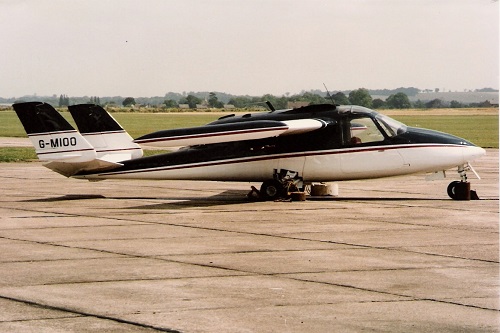
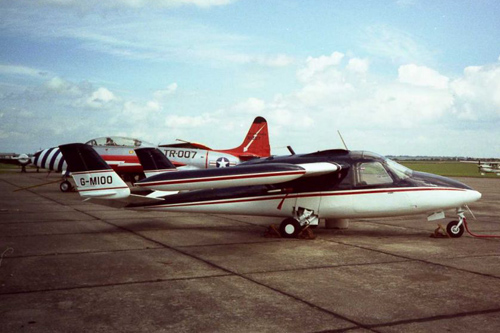
Conservation in Museum of Berkshire aviation
The jet trainer was partially restored by a team of volunteers from the Berkshire Aviation Museum. It is on display in the Museum’s collections
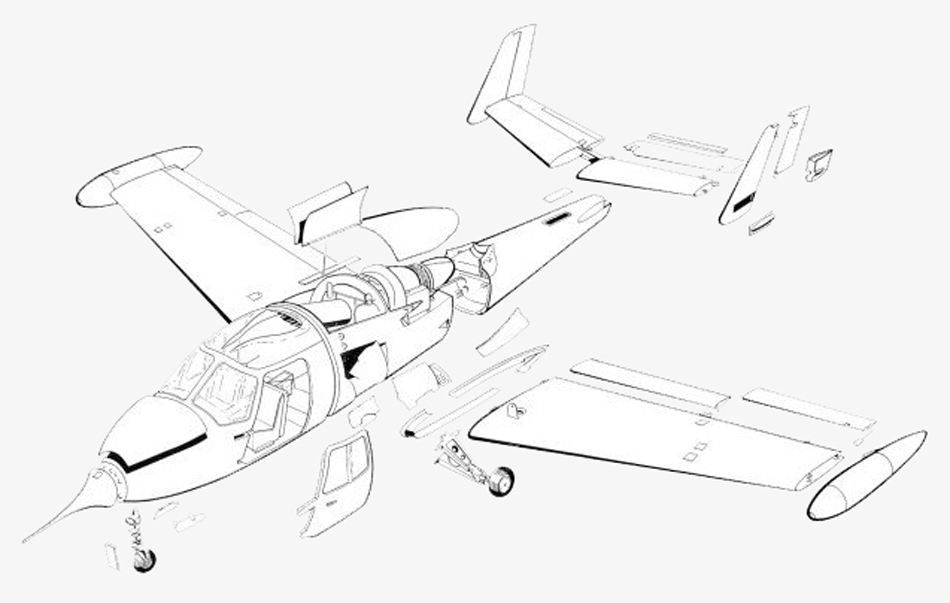
References and notes
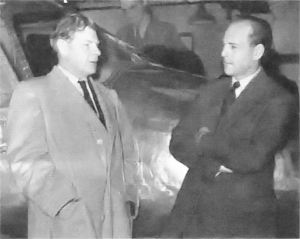
Miles Aircraft Limited
The original company was founded by Charles Powis and Jack Phillips as Philips and Powis Aircraft at Woodley airfield, after meeting Fred Miles. In 1936 Rolls-Royce Limited bought into the company and although aircraft were produced under the Miles name, it was not until 1943 that the firm became Miles Aircraft Limited when Rolls-Royce’s interests were bought out.
In 1947 the company went bankrupt and the assets were purchased by Handley Page as Handley Page Reading.
F. G. Miles Limited
In 1950 F. G. Miles Limited was founded at Redhill to produce aircraft under the Miles name.
In 1952 they moved to Shoreham.
In 1961 the Miles company was merged with Auster Aircraft Limited into Beagle Aircraft.

